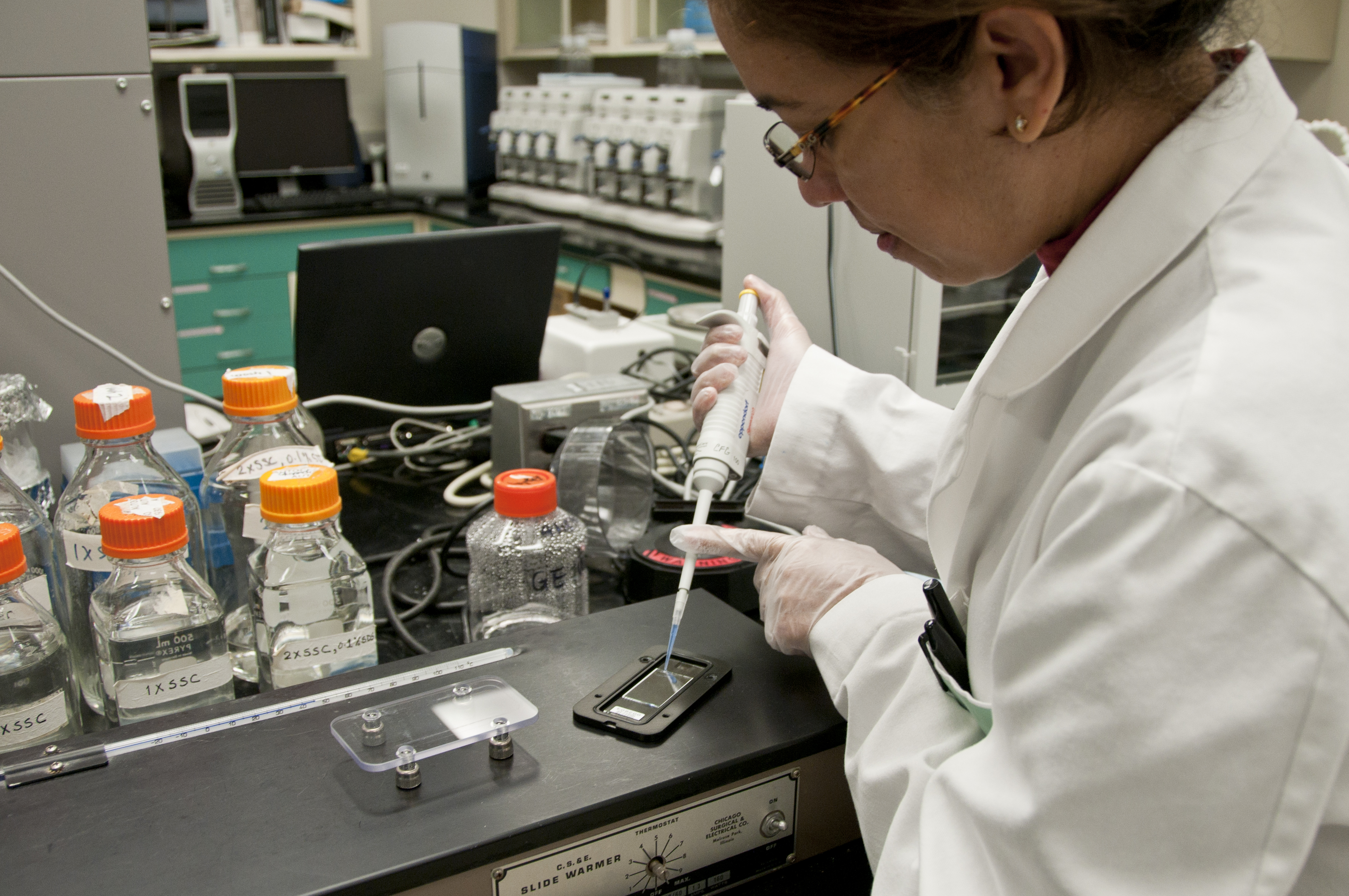
Photo from academic.microsoft.com
The distribution of organisms is governed by their habitat condition. We analyzed bacterial communities in the gut of the blackworm Lumbriculus variegatus by pyrosequencing of the extracted intestinal metagenomic DNA.… Click to show full abstract
The distribution of organisms is governed by their habitat condition. We analyzed bacterial communities in the gut of the blackworm Lumbriculus variegatus by pyrosequencing of the extracted intestinal metagenomic DNA. Blackworms were collected from two sampling sites with differences in irradiance and riparian vegetation, where site GP7 was covered by riparian vegetation and site GP8 was exposed to sunlight. We obtained the filtered 6414 reads from three samples of each site. At GP7, 271 OTUs were identified, including 32 OTUs unique to the site, whereas at GP8, 238 OTUs were identified, including 22 unique OTUs. Among them, 18 OTUs were shared between both sites. The phylum Proteobacteria was a major component contributing 67.84% and 64.05% of sequences at sites GP7 and GP8, respectively, while each remaining phylum contributed less than 10% at both sites. The two sites differed in microbial community composition and KEGG-indicated biochemical pathways. Community indices such as species richness and Shannon diversity were higher at site GP7 than at GP8. Meanwhile, the abundance of Cyanobacteria was significantly higher at site GP8, while site GP7 showed a greater proportion of genes for membrane transport and carbohydrate metabolism, reflecting differences in food resources.
Journal Title: International Journal of Environmental Research and Public Health
Year Published: 2021
Link to full text (if available)
Share on Social Media: Sign Up to like & get
recommendations!